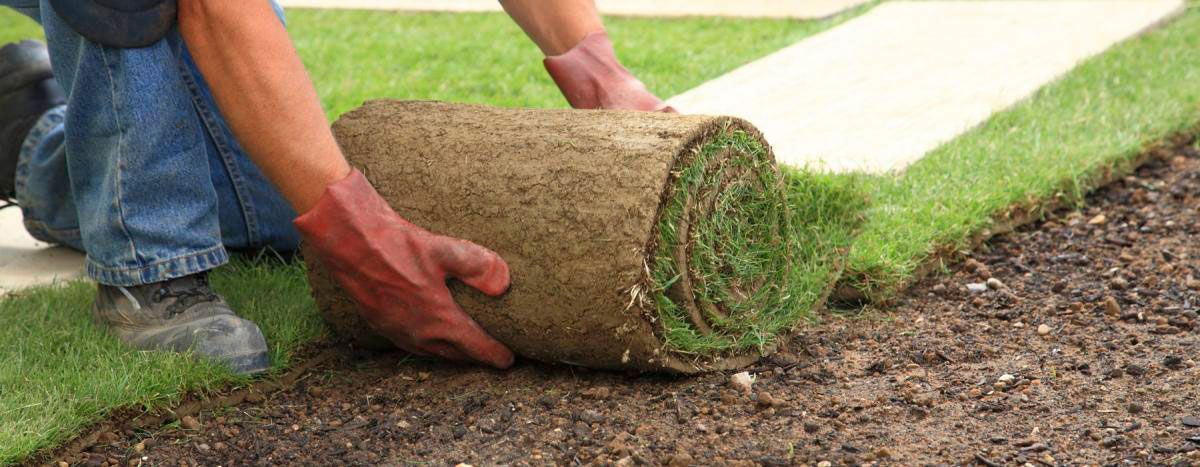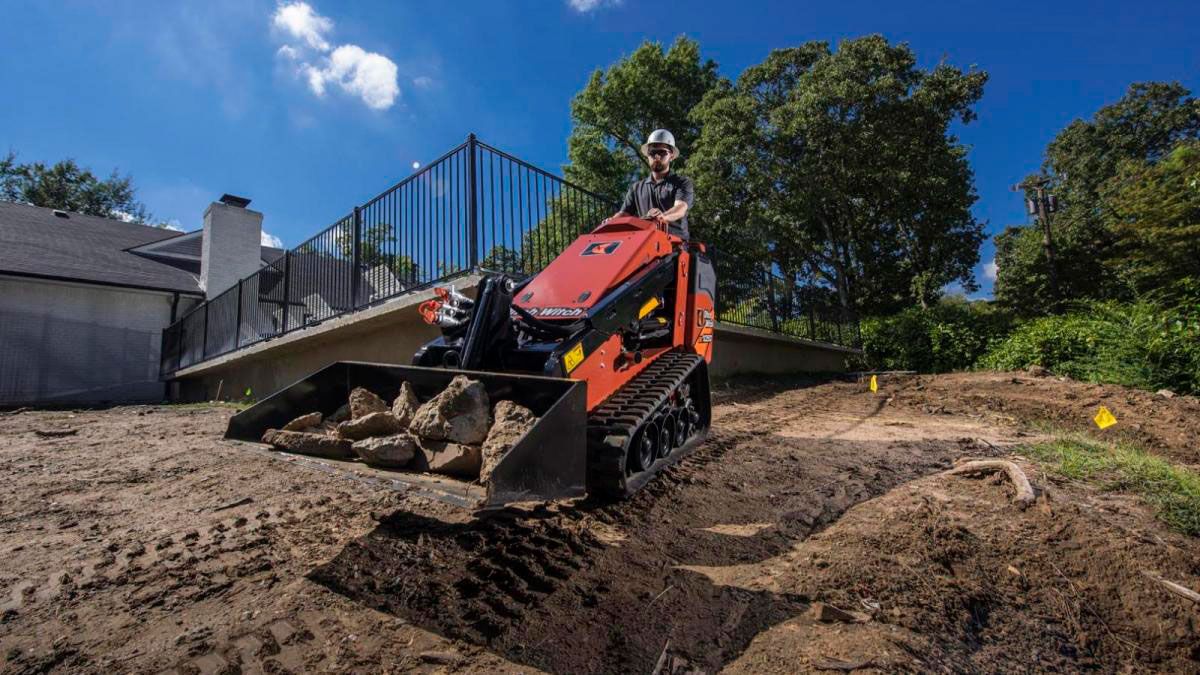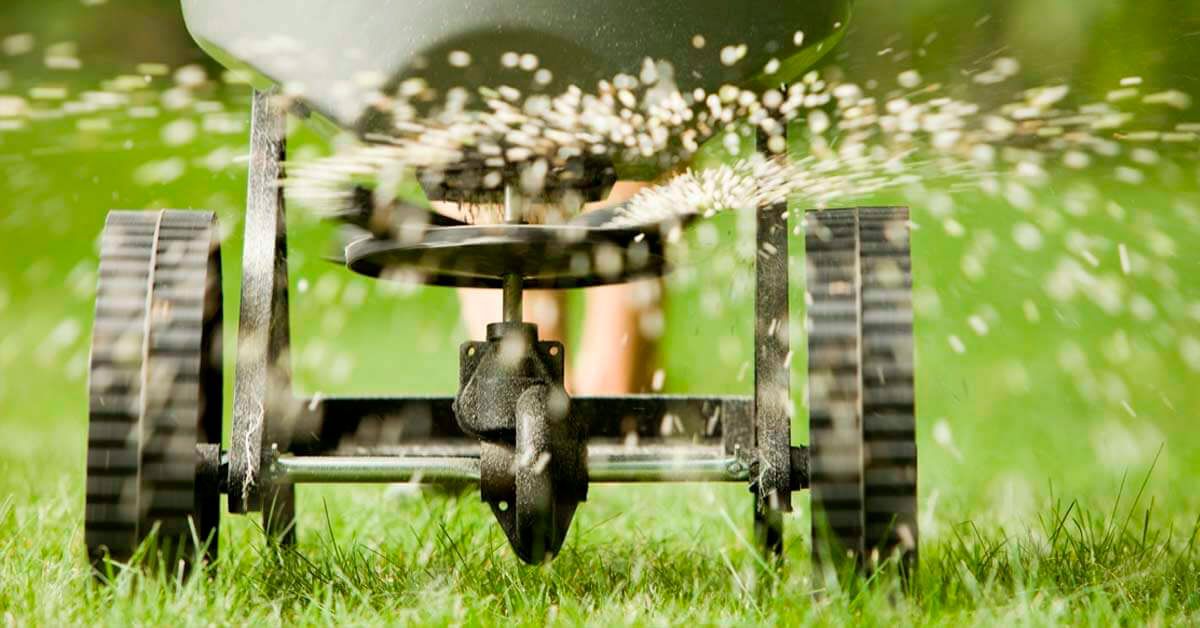How to Replace Your Lawn in One Weekend

Let’s face it:
Your countless efforts to reseed, spread lime, aerate, and water your old ratty lawn just aren’t doing the trick. If you’ve exhausted these options and still don’t have a lawn that you’re proud of, it’s time to accept that your soil just isn’t workable. You want the kind of yard the turns heads when people drive by, but nothing about your patchy, weedy lawn is going to make that happen. Instead of sweating over your lawn for hours on end, waiting for a miracle to happen, just bite the bullet and replace it. The process really isn’t as big or expensive as you think. With the help of a mini excavator, your old lawn can be scraped and shipped away in a day’s work.
Are you tired of dreaming of the perfect lawn, and ready to do something about? If so, read this article so you know exactly what needs to be done.
1 Planning
Depending on your urgency level and budget, there are two options for replanting your lawn that should be considered.

- Laying Sod – Laying sod is, by far, the fastest way to have a new healthy lawn flourishing in your yard. Of course, it is also the expensive option. You must first test the soil in your yard for acidity levels. This is done quickly and simply using a soil test kit. You then pick the type of sod that you want and purchase rolls of the sod, which are essentially a lawn cut and rolled into strips. Then, you simply roll out the sod, add water, fertilize, and the job is done. Costs vary depending on where you buy the sod, and what type of sod you choose. However, as a general basis, expect to pay 35-45 cents per square foot. Of course, the new lawn will take a little while to settle in.
- Reseeding your lawn – If a budget conscious option sounds more enticing, reseeding your lawn may be the option for you. Reseeding breeds many choices itself; you must choose a seed that fits your location, environment, and lifestyle. For information on picking the right seed, visit here. As mentioned, this is the cheaper option. The cost to reseed your lawn depends on the seed you choose, and the size of the property, but as a general basis:
Lawns up to 1,000 sq ft – $80.00 to $190.00
1,000 to 2,000 sq ft – $190.00 to $270.00
2,000 to 3,000 sq ft – $270.00 to $420.00
3,000 to 4,000 sq ft – $420.00 to $525.00+
2 Removing your old lawn
While there are several ways to remove an old, ratty lawn, this article is focused on completing all of the labour in a weekend. Hence, the method described here is geared towards the rapid removal of your lawn. To accomplish this, you’re going to need the help of some heavy equipment. Before you get into a panic about how much that is going to cost, let me assure you that renting a mini excavator for a day (which is all you’d likely need), can cost as low as $220.00. Unless you have experience with the machine, the smart decision would be to rent a machine with an operator.
The operator will use the excavator to scrape the top 2-3 inches of grass and soil away, and will leave the lawn graded and ready for topsoil. For the sake of time and for the sake of your back, rent a mini skid steer or track loader to help you remove the soil and load it into bins. You can rent a mini skid steer, such as a Ditch Witch, for around $200/day. To see how the scraping process is completed, check out the youtube video below:
https://www.youtube.com/watch?v=jrpAU7Og8pA
3 Grading and Backfilling

Depending on the level and condition of exposed soil that remains, you may decide to order some backfill, or level out what remains and push forward. Typically, you’ll know if backfill is required because there will be many uneven areas in the yard and not enough soil to correct this. Obviously, having the heavy equipment available will make this process much faster. But if you’ve already returned the equipment and want to save some money, you can level the soil out yourself using rakes and a water-drum roller.
Once the area is level, add the lawn amendments that are recommended for the type of sod / seed you are using. Find this information on the packaging or ask a sales rep for advice. Typically, you’ll want to add a quarter inch of cattle based compost across the top of the soil. Use a rake or a rototiller to blend the soil and fertilizer to a depth of 4-6 inches. Lastly, rake out any uneven areas and remove rocks and debris from your soil. You’ll want to leave the soil around 1 inch below retaining walls, rocks, concrete, and driveways, so that the lawn will be flush once the sod is laid down. If you are spreading seed, you can ignore this step.
4 Laying Sod or Spreading Seed
You’re almost there. The final step, once the soil is prepared, is to roll out your new sod or spread the seed that you have selected. When laying sod it’s important to consider the pattern and direction in which you lay the strips. The main consideration here is where the slopes, if there are any, exist in your yard. You’ll want to run the strips of sod across the slope, rather than up and down the slope. This will reduce moisture loss and minimize erosion that occurs during precipitation. You’ll want to water the newly laid sod 3 times a day until the roots attach with the soil below. For best results, water more frequently, for shorter periods of time. To see if the roots are taking, pull up patches of sod to look underneath. To see a demonstration on how to properly lay sod, watch the video below:

For spreading seed, you can choose to spread by hand, or use a mechanical seeder. Typically you can rent a lawn spreader or borrow one from a friend, and it will save you considerable time and you’ll have a more consistent spread of the seeds in the end. As a rule of thumb, you want to aim for around 16 seeds per square inch. Once you have an even spread of seed, you’ll want to cover the seed with mulch, compost or peat moss, which are all typically combined with a fertilizer. Again, research the type of seed you are using and see which type of seed cover is recommended. Again, water once a day until your lawn is lush and healthy and approximately 2 inches tall.
That’s it! It’s going to be a long weekend, but if you put your mind to it, it’s definitely possible. Time to get started.

